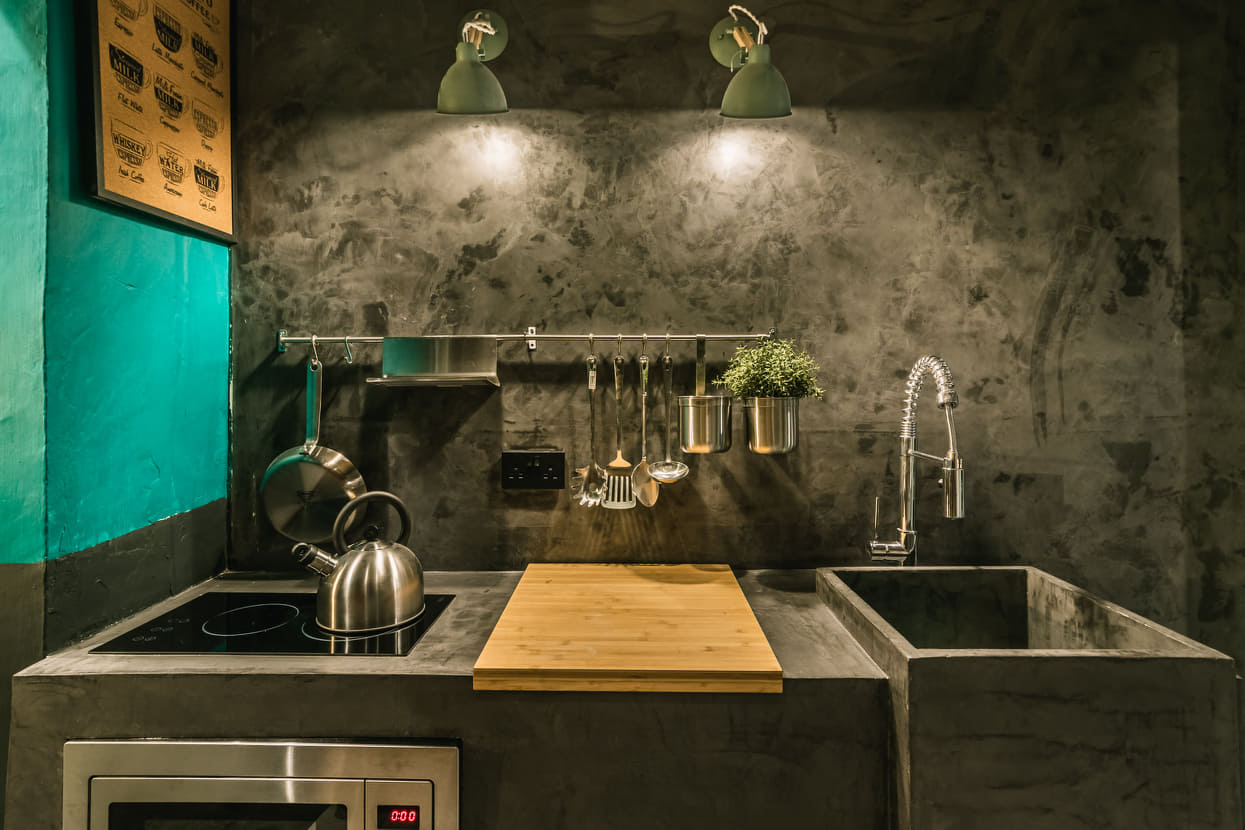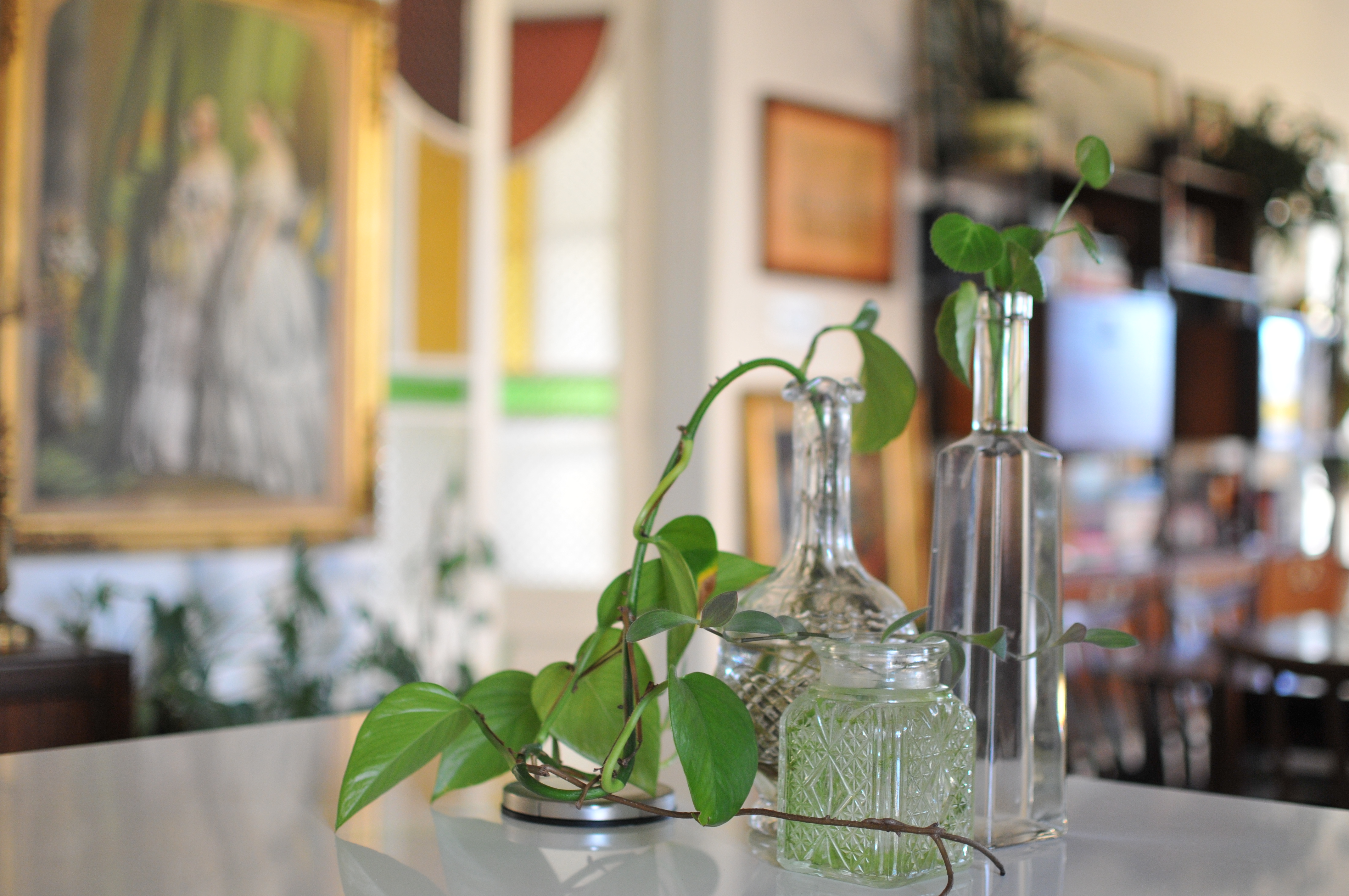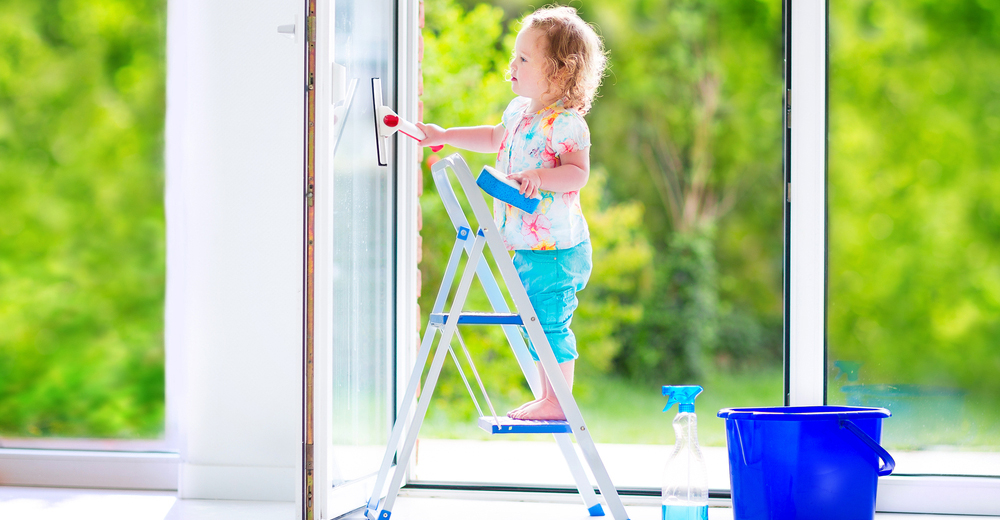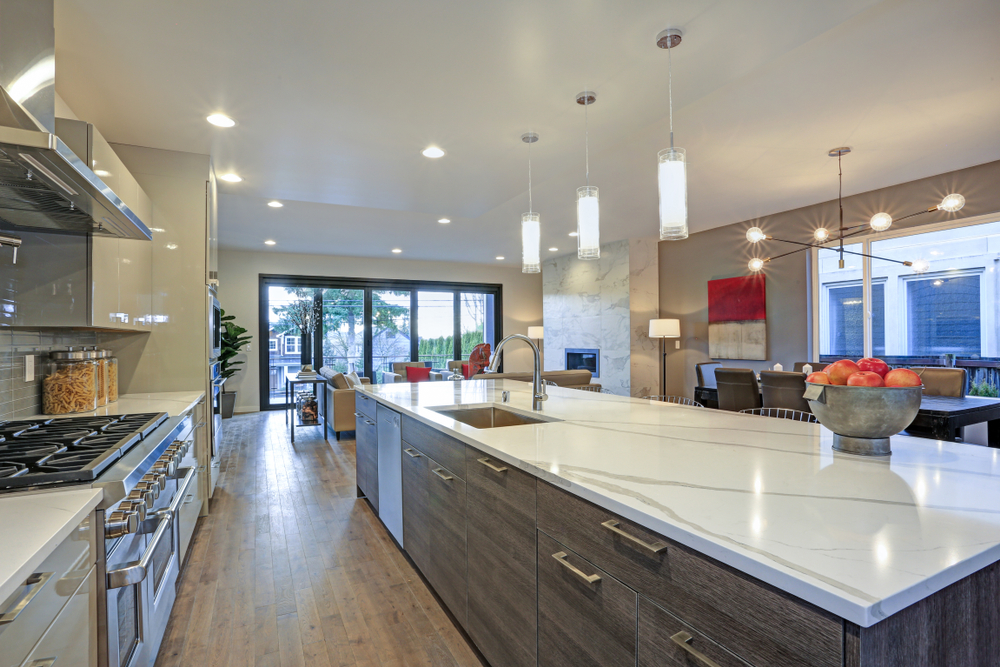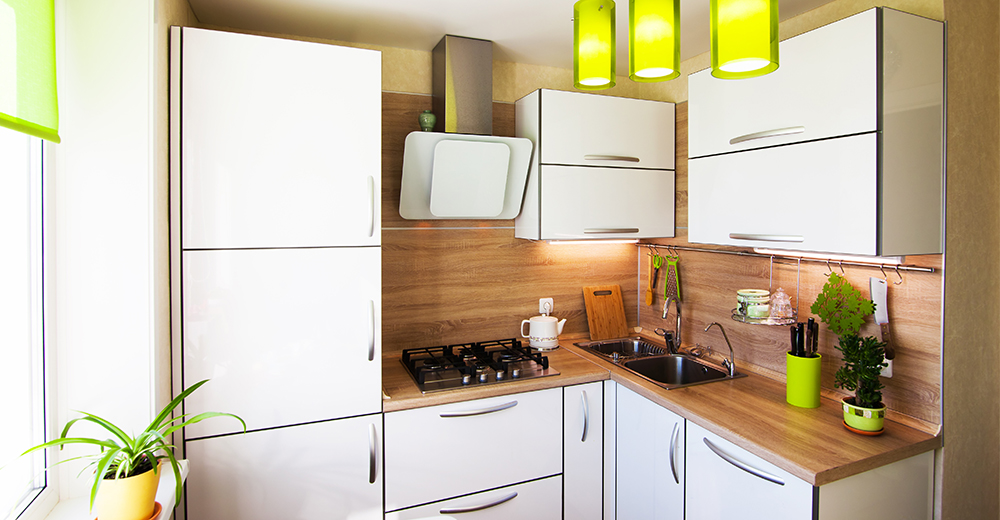We think a vague statement about how ‘not all colours’ should be on your facade does not really do much to help anyone, so we rang up local artist and designer Ramon Azzopardi Fiott to find out what kind of considerations we should keep in mind before injecting colour into our house fronts.
Before we continue, a note worth making: You’re right, haphazard faceless blocks of flats in sensitive village areas will always do far more aesthetic damage than a questionable colour choice on a facade. On the other hand, while it is true that a villa painted in highly saturated yellow will hurt anyone’s eyes, having every house painted in monotonous shades of grey, white, or magnolia isn’t exactly going to attract anyone’s attention either. Colours do belong on our facades, each just belongs in different dosages, intensity, and volume.
Something The Planning Authority did get right: Their post on using colours with care did not go down too well with.. any of you. After all, no colour choice has disrespected our heritage like the slew of approved demolitions, petrol stations and high rises have. BUT, they do somehow manage to make a good point: Choosing the colours, or rather, the appearance, for your facade isn’t just your business.
Our streets are the spaces that are most easily accessible to everyone. They’re the definition of public space, and two steps away from any of us, literally. We owe it to each other to make them look beautiful and give a good experience to whoever is walking through them.
Match Saturation with Scale
Due to the scale of houses – which is a naturally sizeable construct several times larger than a human – it is a good idea to stay away from highly saturated colours. That doesn’t mean you should just opt for neutrals, pastels can create a beautiful exterior. Furthermore, saturated colours are not necessarily a no-go, you can complement a pastel exterior with more saturated frames, borders, accents, or the door itself.
For example, the house below is painted in a warm colour (yellow), but it works: Its position in a narrow alleyway and the reduced access to sunlight allow it to go for a vivid, bold colour.
https://www.instagram.com/p/BnBZzzdgYm9/?utm_source=ig_embed
Distinguish between Cool and Warm Colours
Remember: Warm colours advance, while cool colours recede. Warm colors — such as red, yellow, and orange; evoke warmth because their association with sun or fire. They’re also the colours you should avoid painting your entire facade in – moresoif saturated. On the other hand, you can opt to paint a large section – or the entirety – of your facade in a saturated but cool colour such as blue, green, and purple (violet). Cool colours evoke a calming feeling because they remind us of things like water or grass. If you’re painting a large section of your front in a saturated, cool colour, then you may opt for lighter shades and pastels for frames, borders, and accents.
https://www.instagram.com/p/BpTlULzADgz/
Choose colours that pair well with limestone
We’re an island shaped by limestone. Pure and fine-grained, our limestone has a distinct yellow-greyish colour, and most of our buildings are built using this material. Limestone is what gives our towns that sepia-toned, yellowish-greyish colour. If your house isn’t built with concrete, but with limestone, make sure you use colours that complement this colour. Warm brown (there’s a reason wooden balconies and doors look so good in Malta), sage green, and blue-grey all work well with our limestone.
https://www.instagram.com/p/BpOqvwkAnUG/
Remember that the apertures are the centrepiece
If there’s one spot where you can go for a more saturated, warmer colour, it’s your door and windows. Have the doors and windows in matching colours, and colour the rest of the facade in a lighter shade, or in a colour that complements that of the door. Who knows, your house might even end up on the eternally beloved Maltadoors.
https://www.instagram.com/p/BiWXkZoAkrX/
Use ironwork to your advantage
Don’t forget about the influence of the ironwork on your front, black is traditional, but white might be more ideal for darker or highly saturated apertures. Alternatively, you can go for white apertures and then opt for a full-blown colour on the ironwork.
When it comes to colour, everything is about context
No one colour is beautiful or ugly, whether it is appropriate or not is entirely dependent on its context. Our limestone walls certainly favour some colours over others, but the real deal breaker or maker is going to be your neighbours: group up and figure out matching colours to create unity along a street!
https://www.instagram.com/p/BYkWij7HJJ5/?utm_source=ig_embed
Turn to mother nature for inspiration
If you aren’t sure about what colour to go for, consider building a colour swatch for your facade by looking for and selecting a species of flowers or plants that you would love to have on your front, and then drawing a colour scheme from it. Nature is a fantastic designer; sometimes, you just have to look at how it combines colours together to create your own.
https://www.instagram.com/p/Bm75qHAApl9/?utm_source=ig_embed

